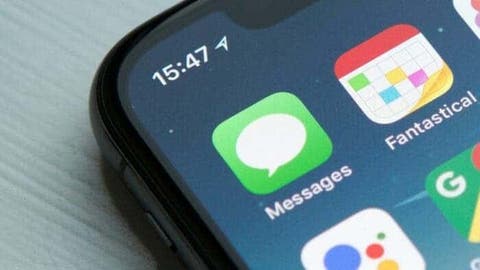It seems that the Google Messages app on Android could soon start showing iMessage reactions in the form of emoji characters instead of the usual text, according to 9to5Google.
For those unaware, in the Messages app on iOS, Mac and iPadOS devices, users can react using a heart, thumbs up, thumbs down, a question mark, exclamation and a laugh, all of which are annotations in iMessage.
Why is Google Changing iMessage Reactions from Your iOS Device to Emojis?
One such example is if you heart a message on your iPhone, the recipient of the message receives a little heart on the message, but on Android, when you text the same thing, it shows up as [Person] “Loved” with the support text showing up after this. This is the case for all iMessage reactions which become texts, which, for new users might seem weird.
Now, 9to5Google seems to have taken a peek into the code of the latest beta update to Google Messages, discovering that instead of showing iMessage reactions as texts, Google Messages could soon change them into emojis. “Show iPhone reactions as emoji,” reads a key line of the code, present in the “ios_reaction_classification.”
For now, it’s not clear exactly how this “classification” would work, but one would imagine Google Messages would spot incoming messages that start with something like “Liked” and try to match it to a previous message.
Once it’s figured out what message is being reacted to, perhaps Google Message will hide the incoming iMessage fallback and instead show an emoji under the original message.
That said, iMessage has a different set of reactions than currently offered by Google Messages in RCS chats. Google may be accounting for this, as there is mention in the code of “mapping” the iMessage reactions, possibly mapping to the set of reactions available in Google Messages today, or perhaps just mapping to various emoji.
What Else is the Cupertino Giant Working on?
In other Apple news, it seems that Apple is likely to reveal its AR glasses, at least according to tech investment analysts at Morgan Stanley. This comes in a report sent to investors, wherein the team notes an instance of patent applications seen before the launch of the Apple Watch in 2014.
This suggests that the Cupertino giant could soon be ready to showcase its work in augmented reality via a new wearable for the generic public.
“The enormity of the technical challenge — compressing daylong battery, 5G, compute, cameras, lidar, projectors and waveguide lenses into a lightweight, attractive pair of glasses — is hard to overstate,” the analysts have mentioned.
